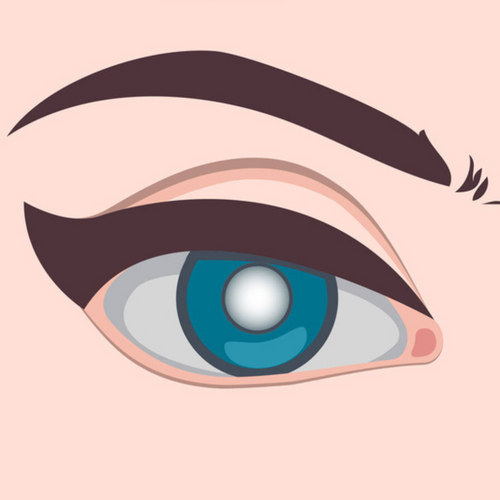Age-related macular degeneration or AMD is the leading cause of adult blindness in developed countries and affects nearly 1 in 8 adults over the age of 60.
AMD is a chronic, progressive disease that attacks the macula, a part of the retina that allows us to see objects located straight ahead of us. The macula is responsible for your central vision, which allows you to do things like recognize faces, read, watch TV, and drive.
Stages of Age-Related Macular Degeneration
As a progressive disease, AMD reveals itself in stages.- Subclinical AMD is the earliest detectable stage of age-related macular degeneration. The first warning sign comes in the form of trouble seeing at night. Many people blame poor night vision (caused by impaired “dark adaptation”) on the normal aging process and don’t report the symptoms to their doctor. Don’t make that mistake. If you begin having difficulty driving at night, reading in dim light, or adjusting to seeing in the dark, tell your eye care professional. Identifying AMD at this point is critical to proactively managing AMD.
- Early to Intermediate AMD - Before we learned that dark adaptation is the first symptom of AMD, eye care professionals relied on identifying the disease during the early or intermediate stages. At this point, your doctor may see drusen—yellow deposits of fatty protein under your retina—which is an indicator of AMD.
- Advanced AMD - During late-stage AMD, people start to notice central vision blurriness. The transition from early-stage to late-stage AMD happens rapidly. If left untreated, it can lead to legal blindness in as little as six months. While treatment options can slow the progression of late AMD, nothing can reverse the damage already done.
AMD Symptoms and Risk Factors
The earliest symptom of AMD is impaired dark adaptation, which may cause difficulty seeing or driving at night. As the disease progresses, symptoms may include distortion of straight lines or dark and blurry central vision.
The primary risk factors for AMD include:
- Age 50 or older
- Family history of AMD
- Caucasian (white)
- Smoker or past smoker
- Overweight
- Heart disease, high blood pressure or high cholesterol
Age is the biggest risk factor. In fact, 1 in 8 adults over the age of 60 have age-related macular degeneration (AMD). If you are experiencing a symptom of AMD or have multiple risk factors, ask your doctor to test your eyes with the AdaptDx®.
AMD Facts
- It is projected that the overall prevalence of the AMD will be 196 million in 2020 and 288 million in 20401.
- As many as 11 million people in the U.S. have clinical AMD; this number is expected to double by 20501.
- Up to 78% of AMD patients have substantial, irreversible vision loss at first treatment, including 37% who are legally blind in at least one eye 2,3.
- Currently, there is no cure for AMD but progression of the disease can be slowed or halted with lifestyle modifications, protective eyewear, and nutritional supplements. Timely diagnosis is therefore key.
- Wet AMD (choroidal neovascularization or CNV) may be treated with injections, which can slow or halt disease progression and vision loss, but not reverse it.
At InFocus Eyecare, we collaborate with you to safeguard the well-being of your eyes and preserve your vision. Discover more about age-related macular degeneration and other eye health concerns by reaching out to our office or scheduling an appointment online.




